
Experience growing tomatoes in fruitful pots
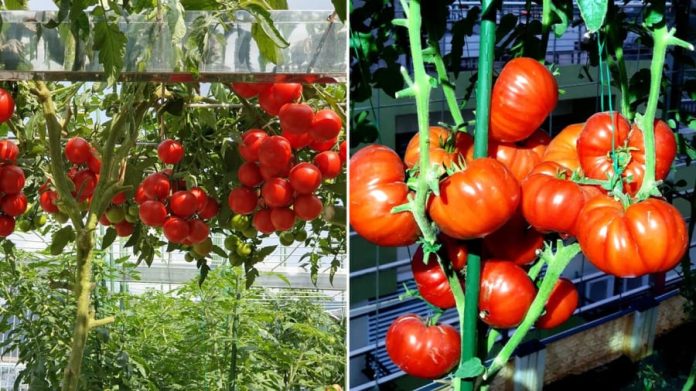
Growing tomatoes is not difficult. As long as you follow the principles below, your tomato plants will always bear fruit and can be harvested year-round.
When growing tomatoes, the first thing you need to pay attention to is selecting the variety. Many people do not realize that tomatoes can be divided into two types: multi-season tomatoes and single-season tomatoes. Among them, single-season varieties are usually large-fruited, with only a few fruits per cluster. These varieties only grow to a certain extent and can be harvested just once. After that, the top part of the plant will wither. The growing period is about 3–4 months.
Multi-season tomato varieties are usually small-fruited, with fruits forming clusters like cherry tomatoes or grape tomatoes. Depending on the variety, growth characteristics differ and require different soil space. Typically, these varieties have a long harvest period, producing multiple crops per year and can be harvested continuously.
If you know how to care for them, tomatoes grown in pots can also yield abundant, high-quality fruits.
To grow tomatoes, you need to prepare some materials such as planting pots, seedling trays, seeds, and strings to support the plants. Additionally, prepare some fertilizers like compound fertilizers, NPK fertilizer for fruiting plants, fish fertilizer, and worm castings; some fungicides and insecticides; a watering can; and Tricodema-resistant fungi.
Depending on the pot size, you can decide how many plants to grow in each pot. For example, a 15–20 liter pot should only hold one plant; a 30–50 liter pot can accommodate two plants.
Planting in a larger pot allows the roots to develop more vigorously, the plant grows faster, produces more fruit, and the fruits are larger and of better quality.
Preparing the soil:
To increase soil nutrients and improve drainage, mix 60% clean soil with 40% rice husk ash, coconut coir, and peanut shells. Add a little lime, worm castings, and Tricodema-resistant fungi on the surface. Water the soil until sufficiently moist and cover it for 7–10 days.
If using old soil from a previous season, rinse the soil 2–3 times to wash away leftover fertilizers. Then, sun-dry the soil for 7–10 days. After that, mix the soil with the materials and fertilizers as described above.
Seedling process:
Soak purchased seeds for 2 hours. Then take them out and wrap them in a moist cloth, cover with a plastic bag, and place in a cool, dark area to encourage germination.
The seeds will sprout within 24–48 hours. Once they crack, sow them into the seedling tray. When sowing, lay the seeds horizontally or slightly tilt the sprouted end downward. Water the tray to keep it moist and place it in a cool, shaded area to promote seedling growth. Within 2–3 days, seedlings will emerge from the soil. At this stage, move the tray to a spot with light sunlight, ensuring protection from rain. Continue watering twice daily in the early morning and late afternoon.
You can dilute worm castings or fish fertilizer in water and use it to water the seedlings.
When seedlings reach 10–15 cm in height, they can be transplanted into larger pots.
Place the seedling soil ball level with the soil in the pot. You can bury the stem slightly to encourage the development of additional roots, which helps the plant absorb more nutrients. However, this method should only be applied to new soil, not reused soil.
Care process:
Initially, water the plants twice a day, in the morning and late afternoon; no fertilization is needed because the soil already contains nutrients from the pre-mixed compost.
After about 5–7 days, start fertilizing the plants. Mix worm castings with compound fertilizer and apply around the base of the plant, avoiding contact with the stem. After 3 days, dilute fish fertilizer in water and water the plants.
Maintain this care weekly until the plant flowers. Remove the first flower clusters to help the plant develop stronger leaves and branches. Keep the second and third flower clusters to allow fruiting.
For mature plants, use strings to support them and prevent damage from wind or rain.
When tomatoes start flowering, they require more nutrients, especially potassium and calcium, to increase fruit set and reduce flower and young fruit drop. NPK fertilizer can be applied during this stage.
Water the plants daily with 1.8–2 liters of water.
Harvest tomatoes when they turn red, or when the stem starts to yellow.
From flowering to fruit formation takes about 1.5 months. Then, it takes about another month for the fruit to fully ripen. Including the seedling stage, you can begin harvesting in about 3 months.
Note: If the fruit is ripening during rainy weather, cover the plant with a tarp or plastic to protect it. Also, sprinkle agricultural lime at the base to prevent fruit cracking.
Supplement potassium fertilizer when the fruit is nearly ripe to enhance sweetness. Harvest when the fruit turns deep orange and the stem starts to yellow.
News in the same category


Had no clue about this

Why Does Your Refrigerator Frost Over and Does It Increase Electricity Consumption?
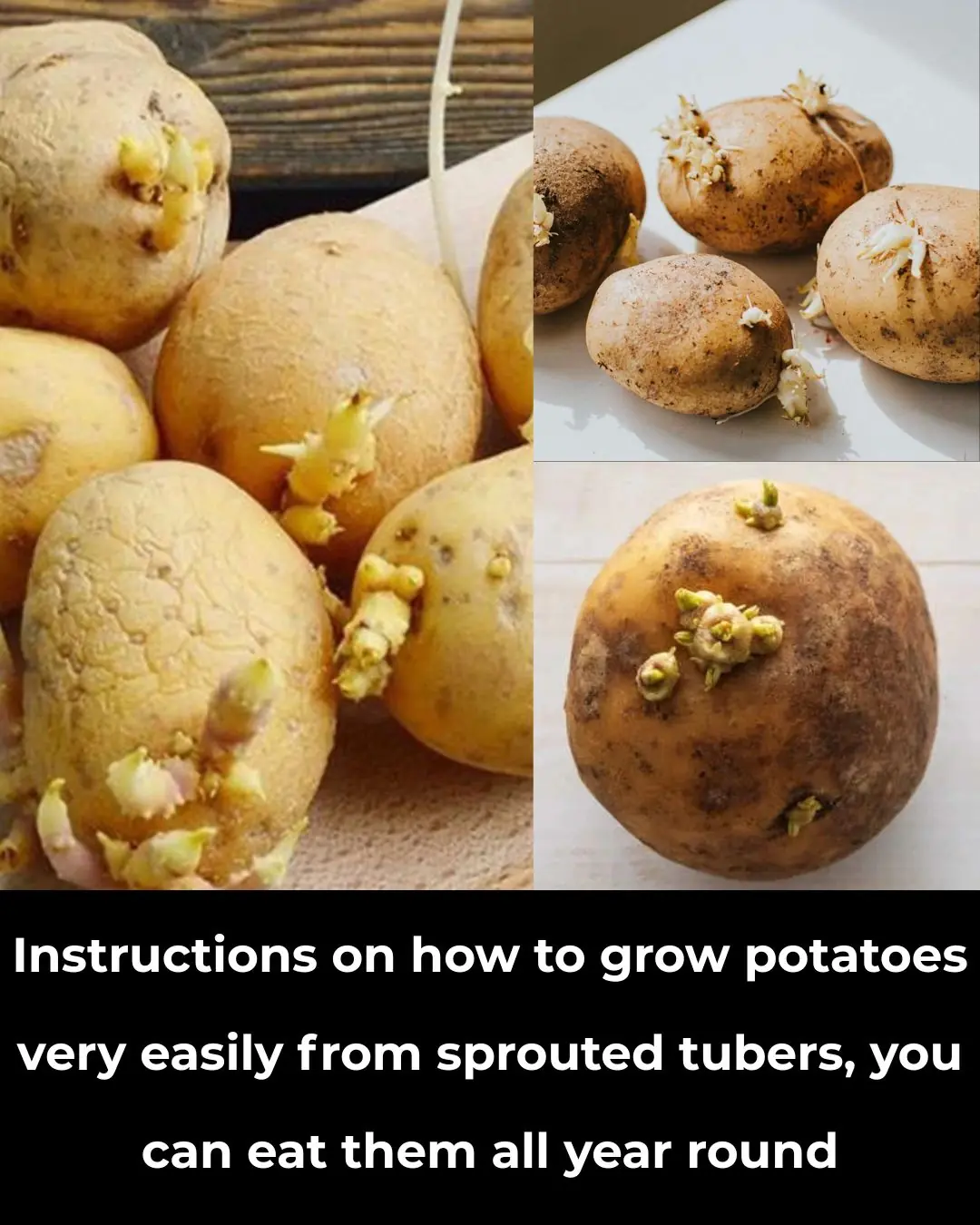
How to Grow Potatoes Easily from Sprouted Tubers and Enjoy Them All Year Round

You are doing it all wrong. Here’s the right way to ease morning stiffness

You are doing it all wrong. Here’s the right way to clear sinus pressure fast

Doctors Warn: 4 Types of Inflammation That Can Turn Into Cancer Within a Year If Left Untreated
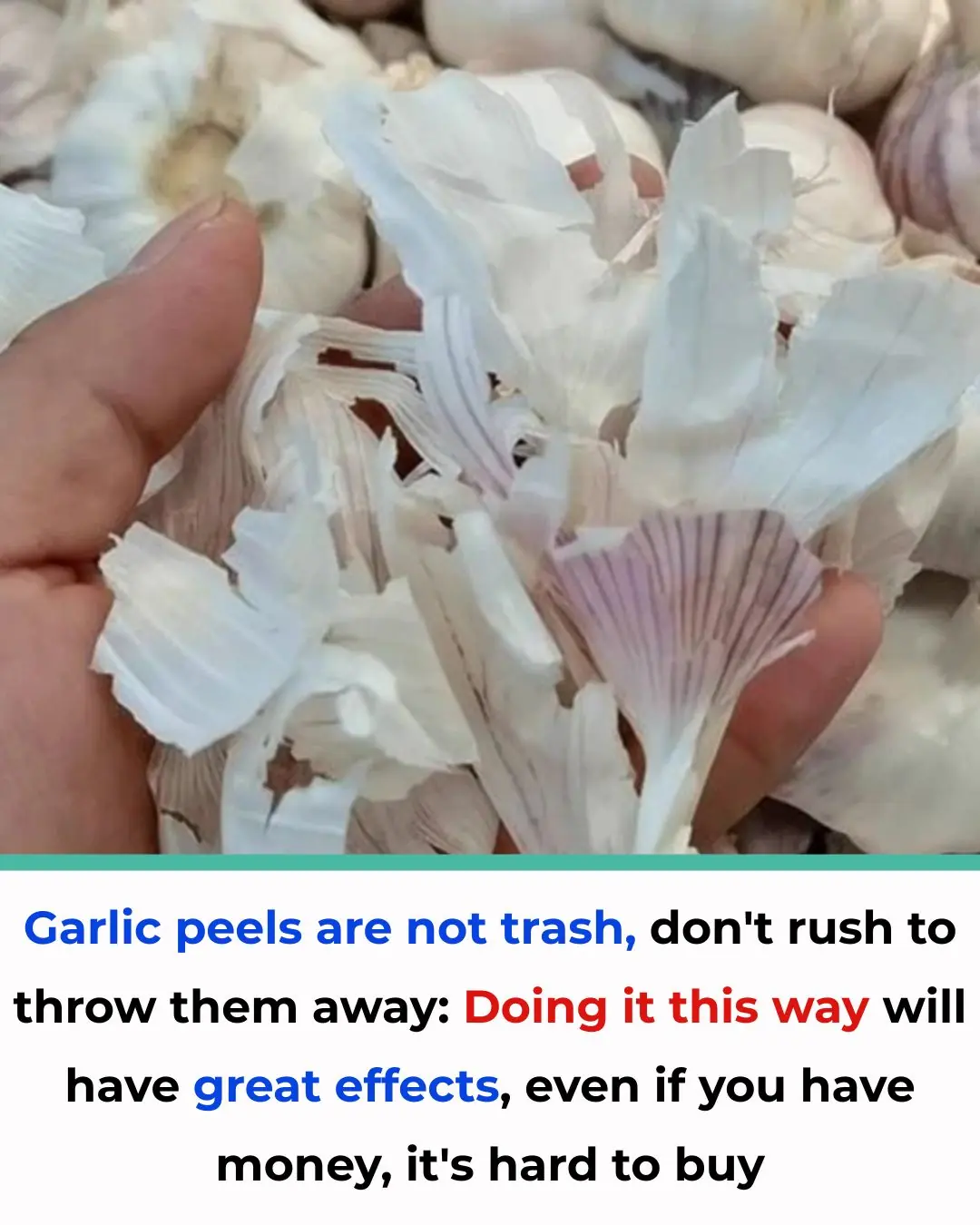
**Garlic Skins Are Not Trash — Don’t Throw Them Away Yet!

There are too many geckos in the house, give you some tips to make them 'once gone and never come back'
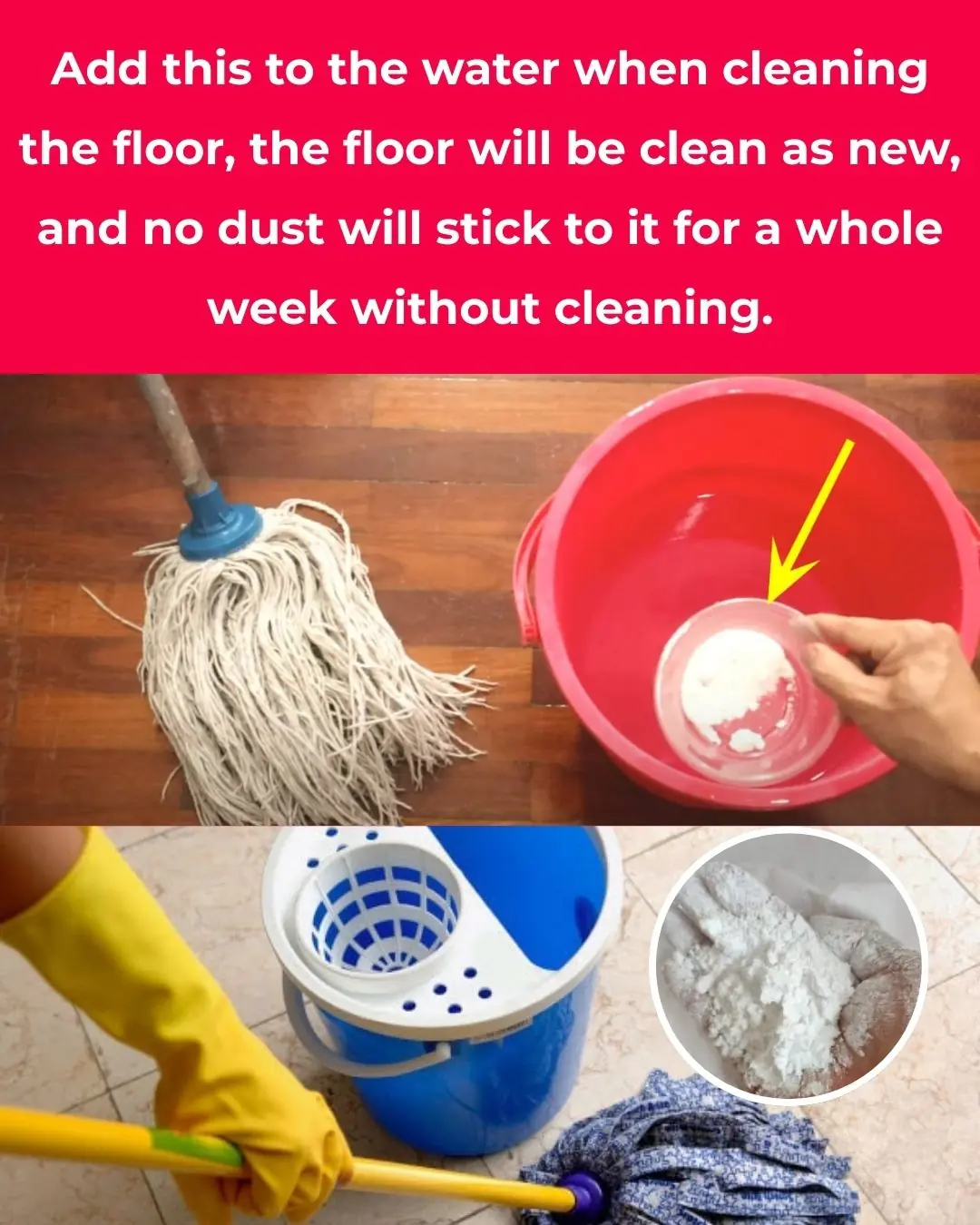
When cleaning the house, add this to the water and the floor will be as clean as new

How to boil chicken until it's soft and sweet

Washing your hair with rice water helps your hair get rid of dandruff

My nana taught me this hack to strengthen thinning hair in 7 mins with 0 work. Here’s how it works

You cook all day but you probably don't know these 3 ways to cook rice.
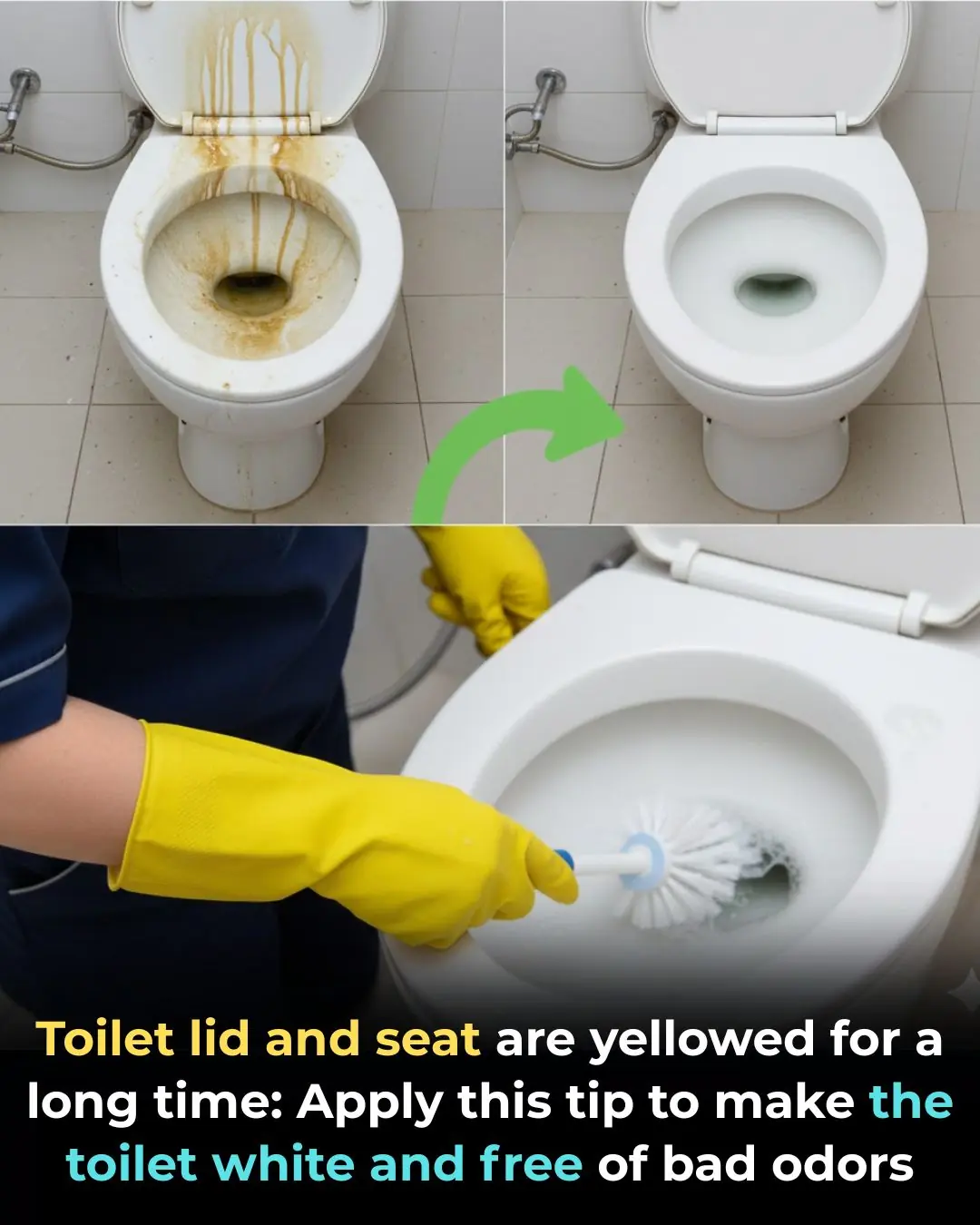
Toilet lid and seat are yellowed for a long time: Apply this tip to make the toilet white and free of bad odors
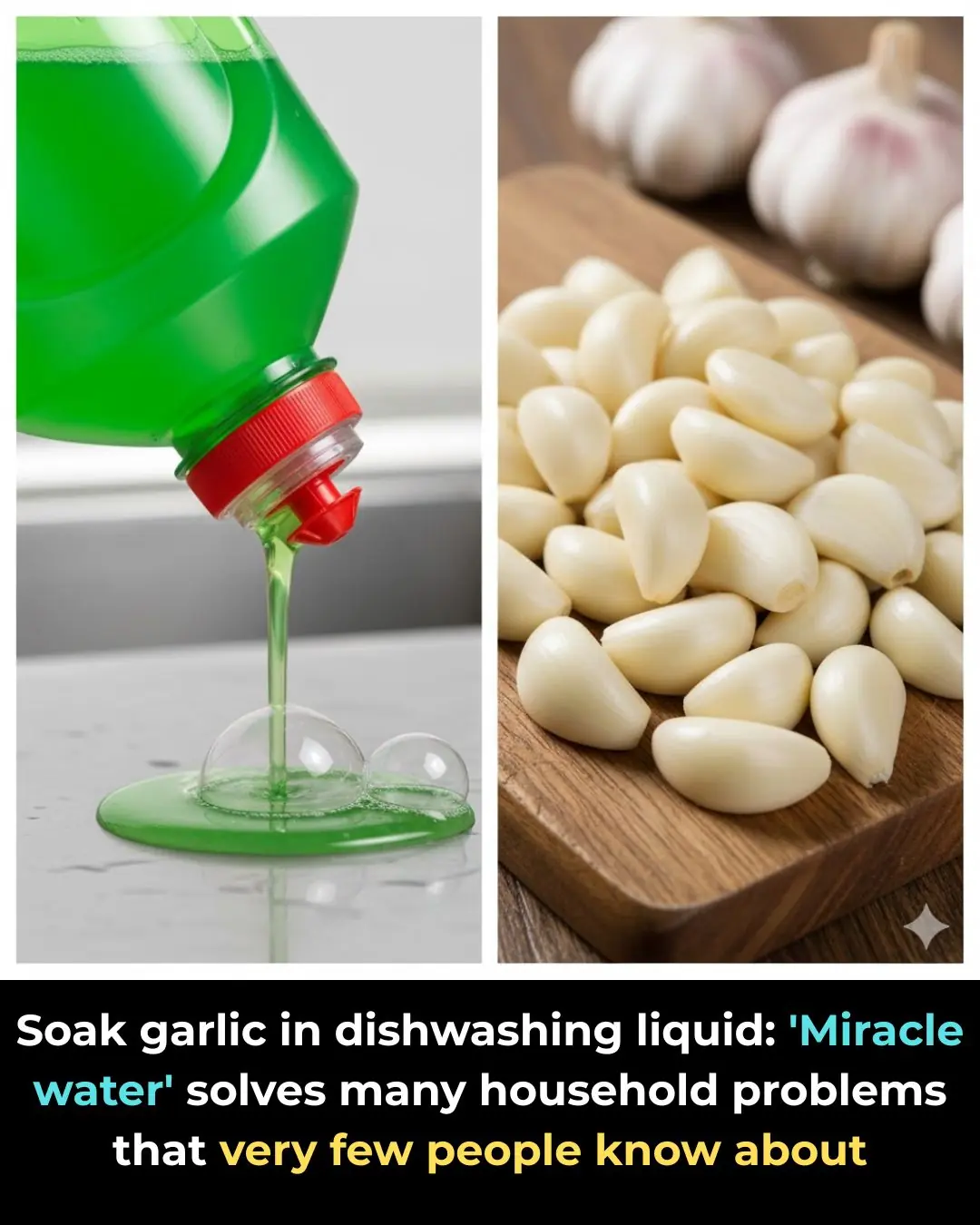
Soak garlic in dishwashing liquid: 'Miracle water' solves many household problems that very few people know about

3 ways to wash fans without removing the fan cage: Women can do it well too
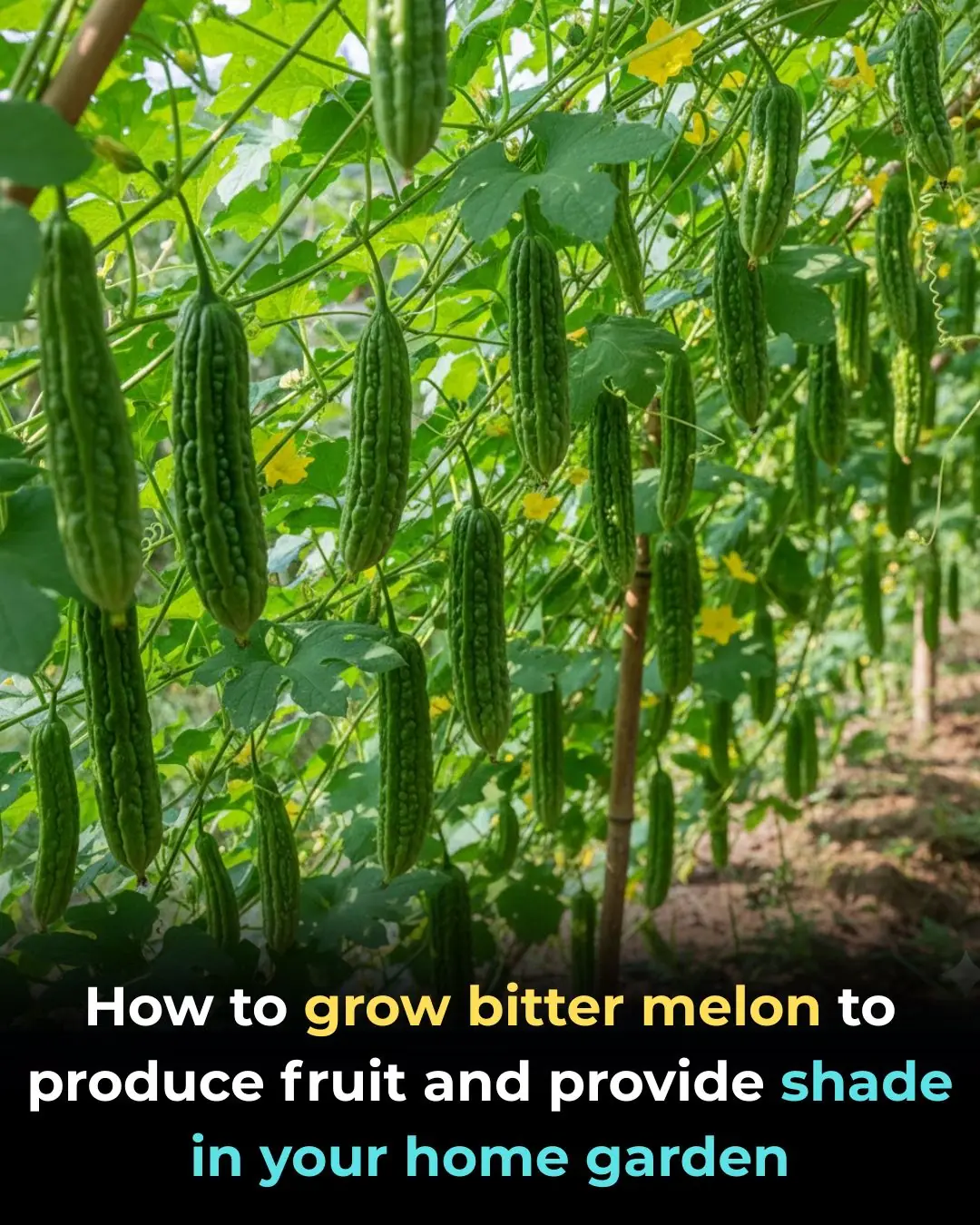
How to grow bitter melon to produce fruit and provide shade in your home garden

10 Effective Ways to Reduce Dust in Your Home – Keep Your Living Space Clean and Healthy
News Post

Unlock Radiant Skin: The Ultimate Guide to Using Beetroot Gel for Glowing, Spotless Skin

Fenugreek Seeds for Hair Growth: The Power of Fenugreek Hair Rinse and Its Benefits for Hair

Japanese Milk Wax To Get Rid Of Unwanted Facial Hair

When Will I Outgrow My Acne? The Difference Between Adult and Teen Acne

5 Mascara Tips For Short Lashes

LEVEL UP YOUR LASH GAME: Top 5 Tips for Eyelash Extension Success!

Forehead Acne and What to Do About It

11 Common Eyebrow Mistakes Women Make in Their 60s (And How to Fix Them!)

How to Prevent and Treat Age Spots: Expert Tips for Radiant Skin

5 Ways Your Skin Changes as You Age and How to Keep It Vibrant

DIY Fenugreek Oil for Hair Growth – Get Thick Hair

Brow Boosting Serum: The Natural Way to Achieve Full, Thick Eyebrows
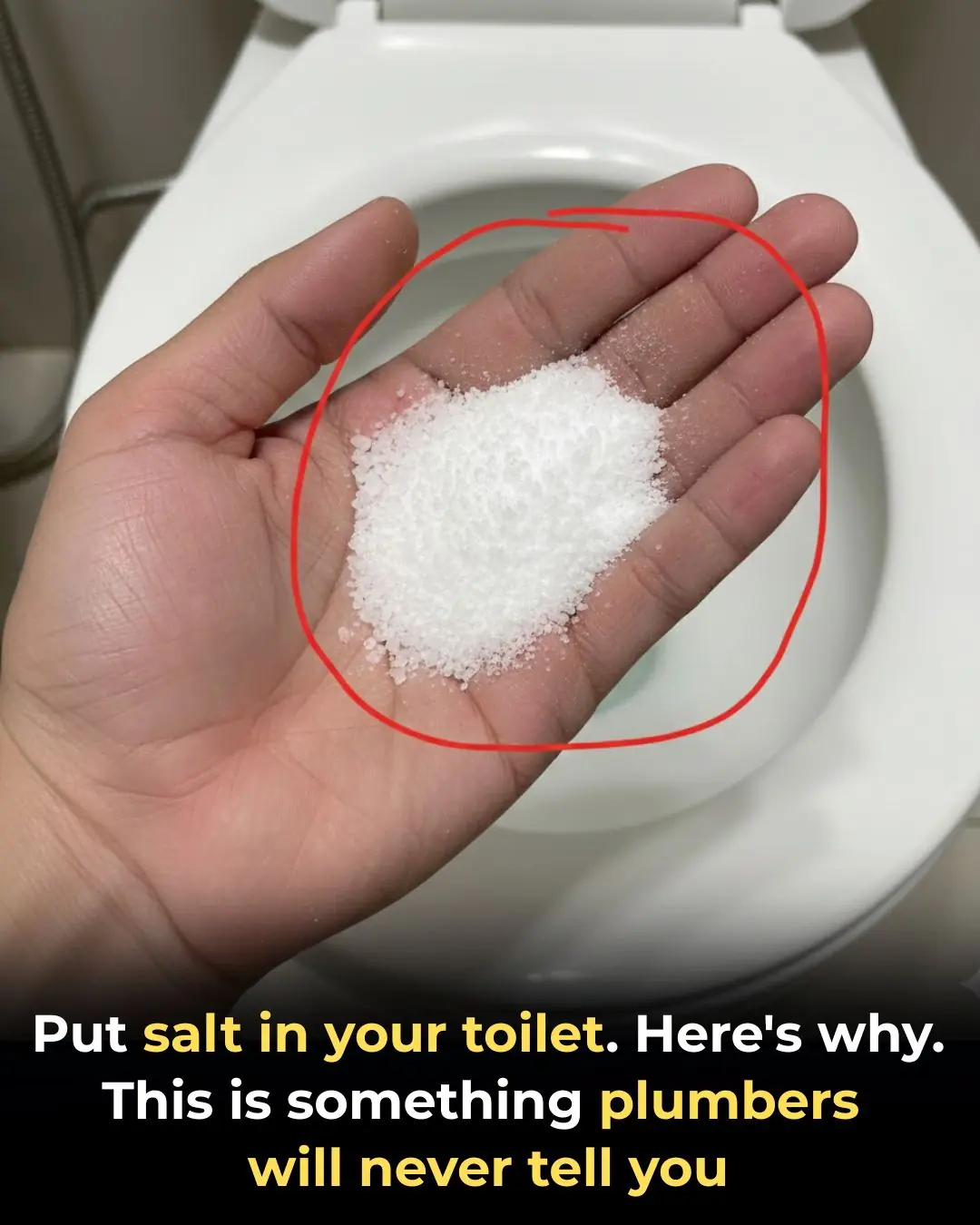
Why You Should Be Putting Salt in Your Toilet

Why Some Children Don’t Visit Their Parents Often

DIY Vaseline Cream: The 4-Ingredient Glow Hack That Makes Your Skin Baby-Soft Overnight

DIY Fenugreek Hair Masks for Hair Growth & Reducing Hair Fall

Will Americans Receive $2,000 Stimulus Checks? What You Need to Know

Revolutionary Miniature Implant Offers New Hope for Restoring Vision in Macular Degeneration Patients

A Simple Superfood That Enhances Your Baby's Brain Development During Pregnancy
